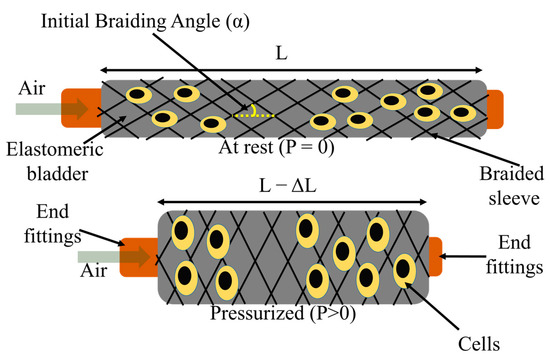2023-05-25 カーネギーメロン大学
 RobotSweater, developed by a research team in the Robotics Institute and shown here on a robotic arm, is a machine-knitted textile “skin” that can sense contact and pressure.
RobotSweater, developed by a research team in the Robotics Institute and shown here on a robotic arm, is a machine-knitted textile “skin” that can sense contact and pressure.
◆非平坦な3次元の表面に適応できるようにカスタマイズされたRobotSweaterファブリックは、産業設定などで人間とロボットの相互作用を「感じる」のに役立ちます。編まれたファブリックには、導電性の金属繊維で作られた2つの層があり、その間にはネット状のレースパターンがあります。ファブリックに圧力が加わると、導電性の糸が回路を閉じてセンサーに読み取られます。
◆RobotSweaterは、ロボットの体に取り付けられ、接触の分布、形状、力を検知することができます。これにより、視覚センサーに頼る現在の多くのロボットよりも正確で効果的な動作が可能になります。将来の研究では、タッチスクリーンで使用されるスワイプやピンチの動作からの反応をプログラムする方法を探求する予定です。
<関連情報>
RobotSweater: スケーラブルで汎用性が高く、カスタマイズ可能なロボット用機械編み触覚スキン
RobotSweater: Scalable, Generalizable, and Customizable Machine-Knitted Tactile Skins for Robots
Zilin Si, Tianhong Catherine Yu, Katrene Morozov, James McCann, Wenzhen Yuan
arXiv Submitted on: 6 Mar 2023
DOI:https://doi.org/10.48550/arXiv.2303.02858
Tactile sensing is essential for robots to perceive and react to the environment. However, it remains a challenge to make large-scale and flexible tactile skins on robots. Industrial machine knitting provides solutions to manufacture customizable fabrics. Along with functional yarns, it can produce highly customizable circuits that can be made into tactile skins for robots. In this work, we present RobotSweater, a machine-knitted pressure-sensitive tactile skin that can be easily applied on robots. We design and fabricate a parameterized multi-layer tactile skin using off-the-shelf yarns, and characterize our sensor on both a flat testbed and a curved surface to show its robust contact detection, multi-contact localization, and pressure sensing capabilities. The sensor is fabricated using a well-established textile manufacturing process with a programmable industrial knitting machine, which makes it highly customizable and low-cost. The textile nature of the sensor also makes it easily fit curved surfaces of different robots and have a friendly appearance. Using our tactile skins, we conduct closed-loop control with tactile feedback for two applications: (1) human lead-through control of a robot arm, and (2) human-robot interaction with a mobile robot.



